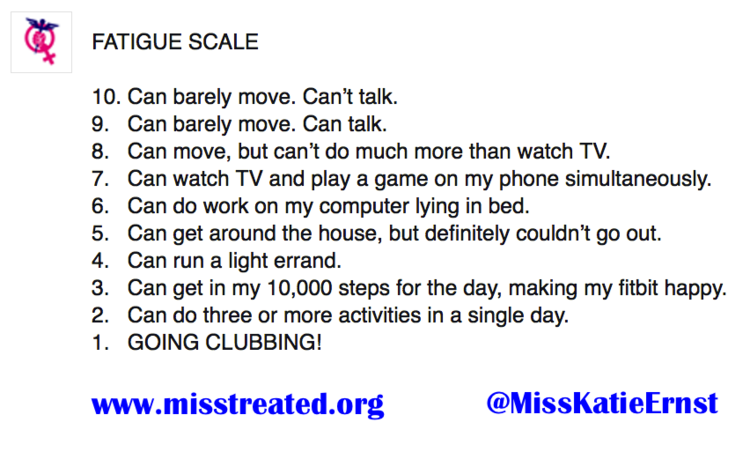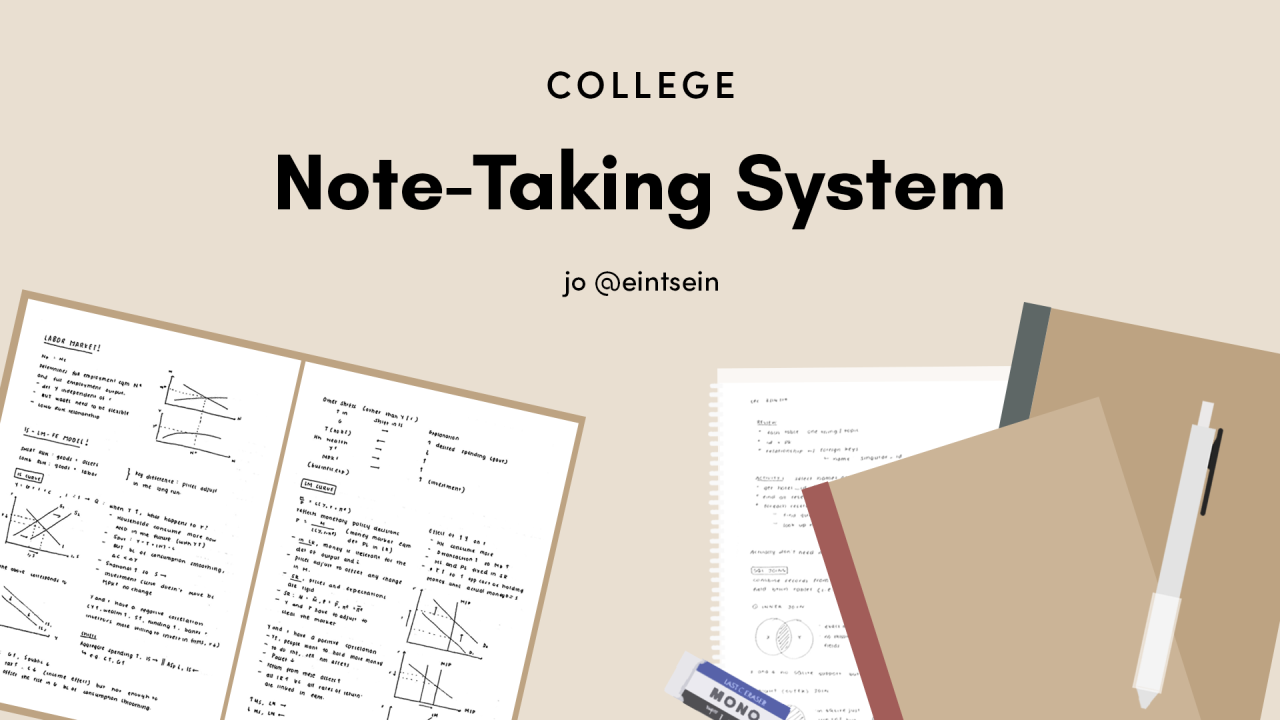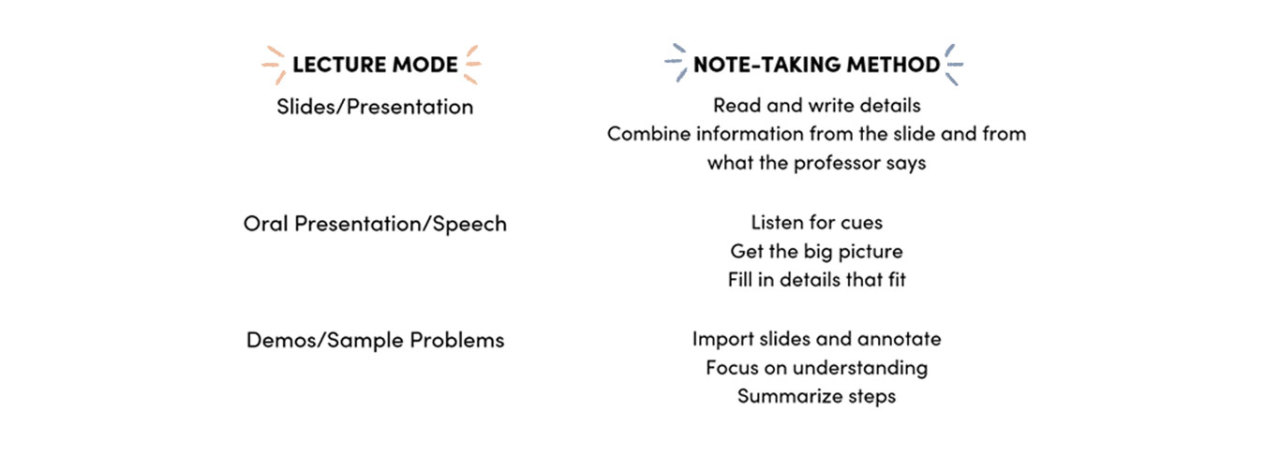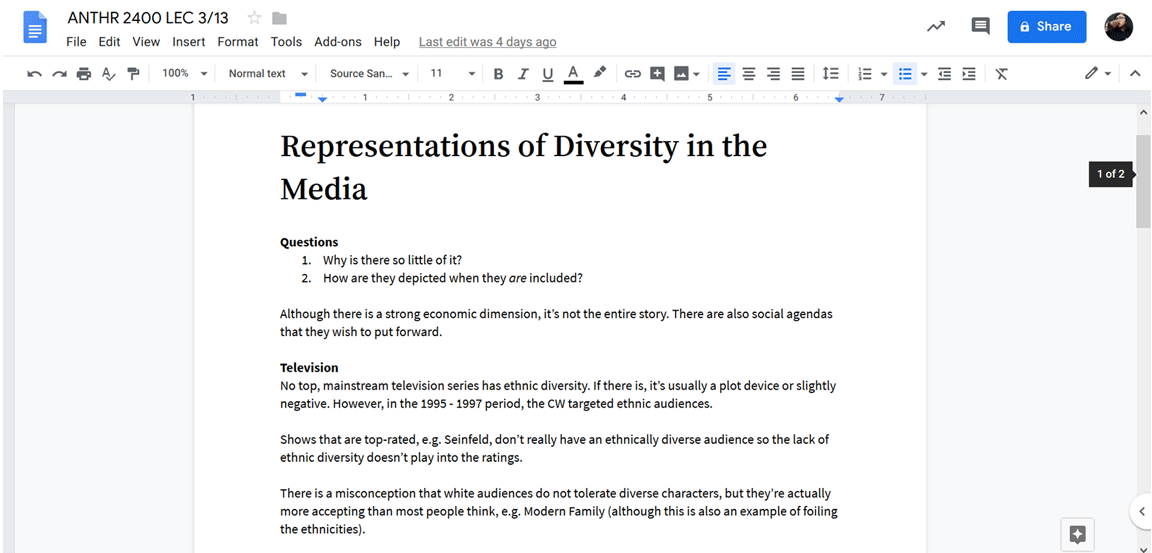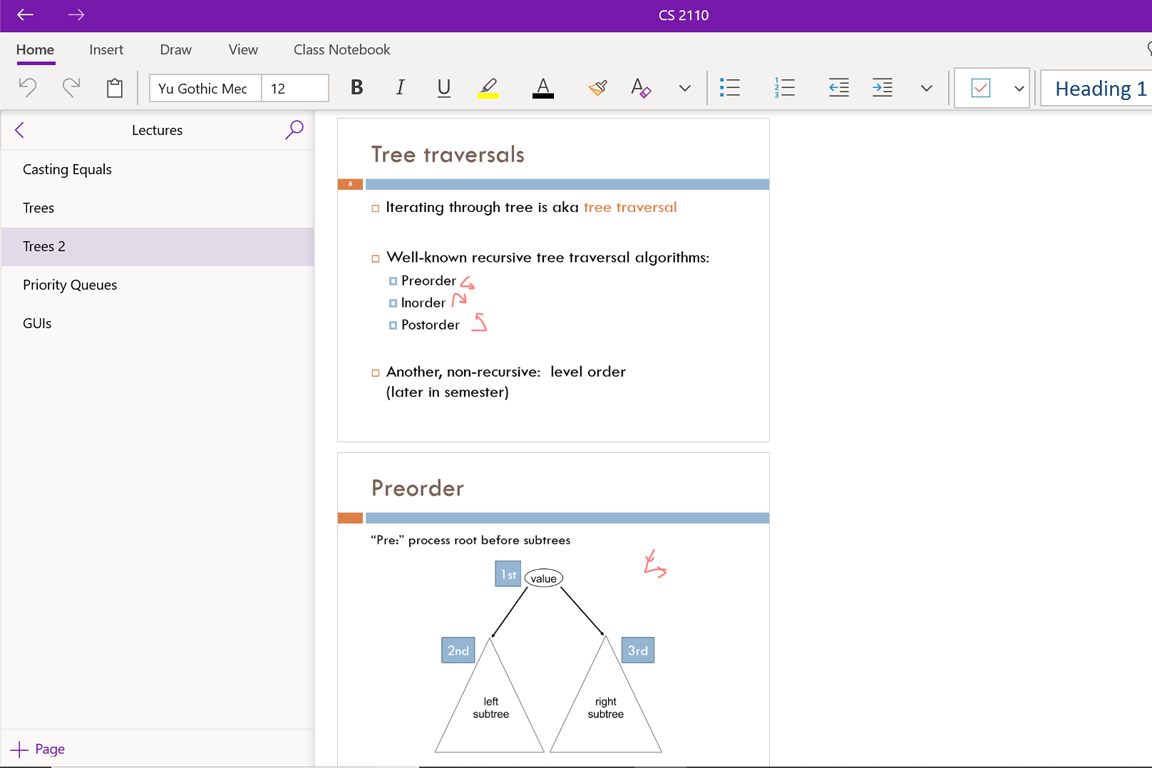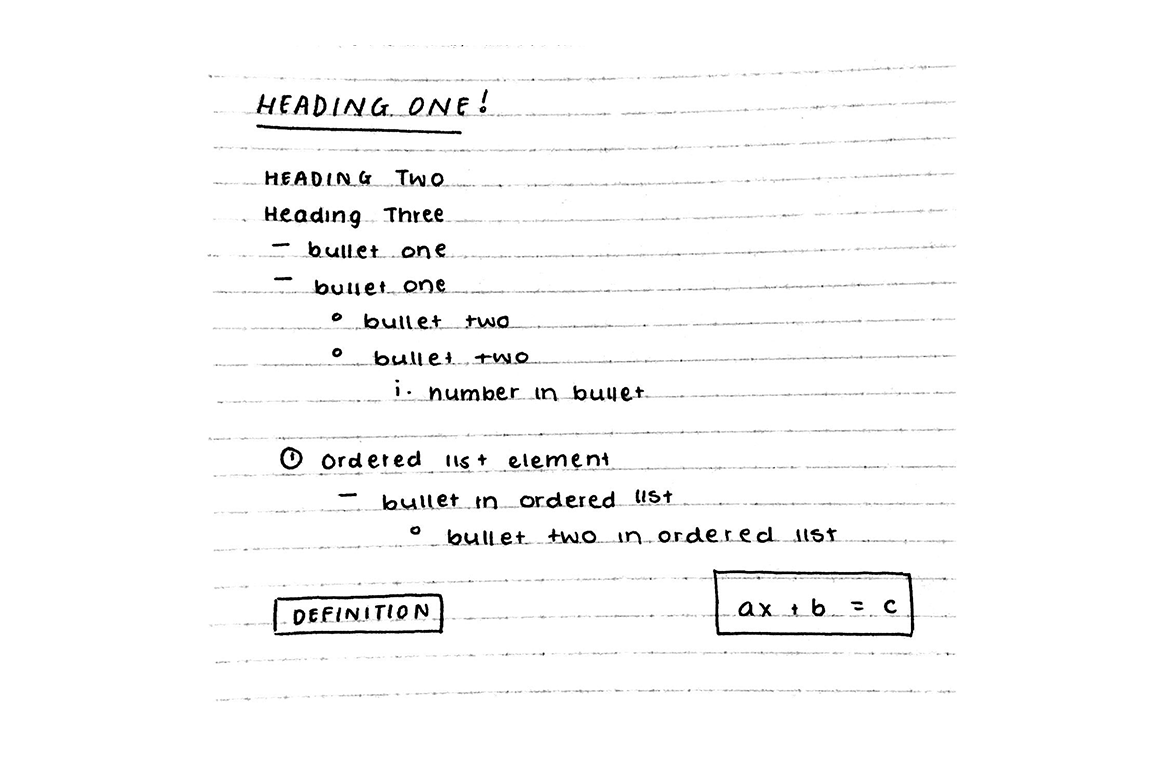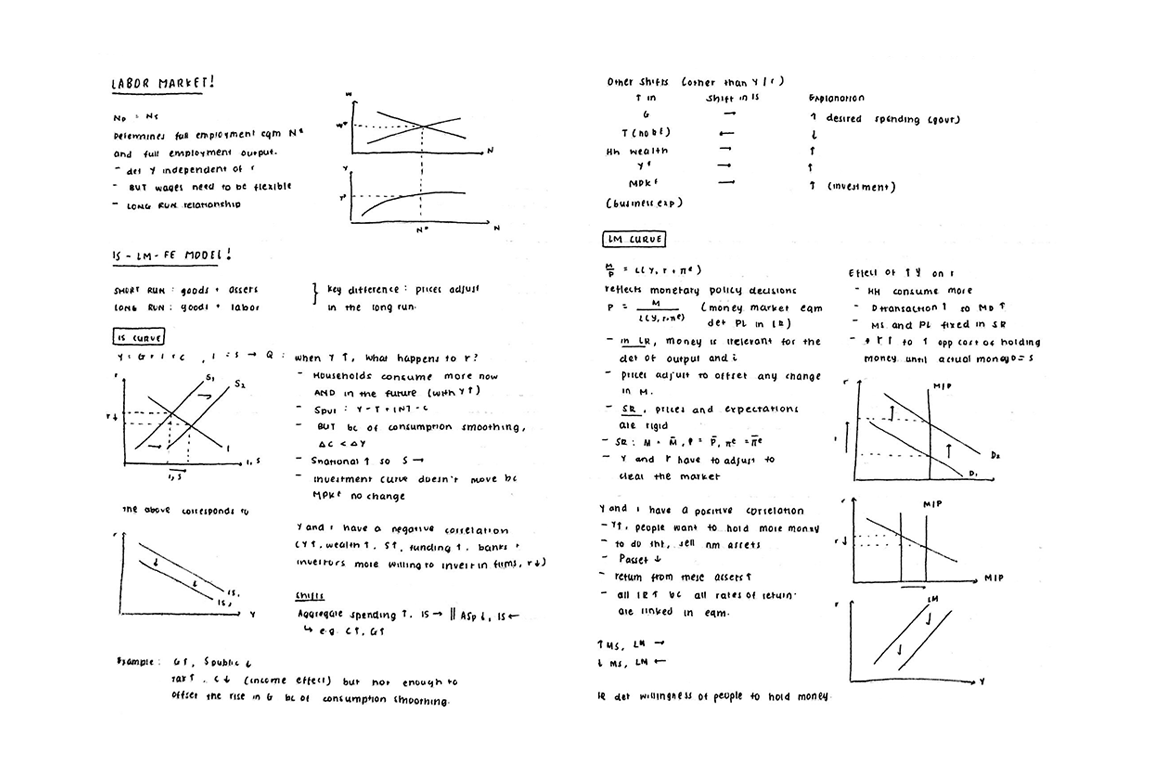Preparing study plans is one of my favourite ways of planning my work.
They allow me to know the exact amount of work I have to do and the exact amount of time it will take meyou to get everything done.
I suppose we all have a personal way of doing a study plan, so here’s an easy, step-by-step post about how I prepare a study plan !
1. Take 10 pages out of your study material
Whether your study material is a book or notes you took in class, choose 10 pages out of it.
Do not pick the easiest ones ! This would ruin the whole experience.
2. Start studying and time yourself
Start studying those 10 pages, and time yourself while doing it.
Study normally, like you would do on any particular day of studying : you can highlight passages, annotate your notes/textbook, draw a mind-map, make a short flashcard,… Anything work-related that you would normally do.
3. Check the time it took and don’t worry if it seems like a lot
At the end of the 10 pages, stop the timer and check the time it took you to go through your work. Write that result down.
Do not feel like rubbish if it took you a lot of time to get through 10 pages : you might have made flashcards or mind-maps, or wrote some things down… There are subjects that might be tricky to study (like anatomy or other horrible things that med students have to go through - they are the bravest after law students ;-) ). There are subjects you’ll hate and those will take an awful lot of time… In short, some things will be hard and it’s better to know exactly how much time they take than just roughly estimate it… and get it all wrong !
For instance, it takes me an hour to get through 10 pages of Family law. This is because I highlight my notes and my statute book, I add post-its to my statute book and I quiz myself with the little exercises that the teacher gave us in class. All this takes a lot of time.
4. Repeat steps 1 to 3
And do this for every subject you are studying during the semester.
5. Estimate the time it will take to study the entire material for each subject
After having gone through 10 pages for every subject, divide each of your study material by 10. It will give you the amount of time (in hours, days or even weeks) that you need to cover all the material for every subject.
For instance, I have 279 pages to study to master Family law. Since I need one hour to study 10 pages of it, I’ll need 27.9 hours to get through all of it.
One again, write the result down for every subject.
6. Prepare your pens and write your chapters down !
This is when things get funnier !
Take back your study material and write the headings down. By headings, I mean the subdivisions of your material. Depending on the subject you’re studying, it could be “parts”, “chapters”, “sections”,… Whatever the name, write that down and do not forget to note how many pages are included in each headings.
7. You can make step 6 funnier but do not lose too much time !
When preparing your study plan, you can unleash your creativity and end up with really good-looking things.
A really cute study plan can motivate you to study.
You can also use bullet points and check them when you’ve finished a heading. This is what I do and let me tell you something : it’s extremely rewarding to check headings. You feel accopmlished, serious and hard-working !
However do not lose too much time working on your study plan. It is there to help you going through the real work you need to do, and should not distract you too much from all the stuff that needs to be done in order to be ready for finals.
8. Prepare a weekly planner
If you already have a weekly planner, use it.If you do not, prepare one. There are cute ones available here on Tumblr (check @emmastudies : her printables are awesome).
Use it to write down your classes, your commuting time, your meals, the time it takes to wash your hair… everything you have to do in a week. This is what I call “Group 1”.
Do not forget to plan some “mental-health” time = activities that allow you to forget about college : sport, reading, meeting up with friends, shopping, family time,… This is what I call “Group 2”.
Group 1 activities are compulsory : you cannot cancel them and have to build your schedule around them.
Group 2 activities are not compulsory : you can move them around in your schedule.
9. With that weekly planner, draw a plan of action !
Using your weekly planner, check how many free hours you have. By free hours I mean the periods of time when you have absolutely nothing to do : no classes, no commuting, no essay writing, no laundry to wash.
Compare this result with the time you need to get through the study material of your different subjects.
Fill the blanks in your schedule with the headings of your different subjects.
For instance, every Monday, I have a three-hour free period between two classes (Family law and European and Comparative Law of Torts, just so you know - we’re getting intimate, don’t you think ?). I’m staying at uni during those three hours and usually go to the library. So, if a chapter from my Corporate law class takes three hours of studying, I will write this down on my weekly planner and plan to study this chapter during that period.
Alternate the subjects ! It is no use studying one single subject for a whole week : you’d end up studying things that were not covered in class (this is difficult). Plus, studying the same subject for a week is just boring.
10. If you end up not having enough time, cancel a “Group 2” activity
If you realize that you won’t have the time to cover everything you need to cover during a week, move a Group 2 activity (from Monday to Friday night, for instance) or cancel it(apologize to your friends of family if they were involved and agree to meet them later).
This is an extreme solution, but you might need to resort to doing it if your week is really busy with Group 1 activities.
Here’s my method for a perfect study plan. I hope it will be useful.
Good luck with your studies. I’m sure you’ll all ace your exams !!



